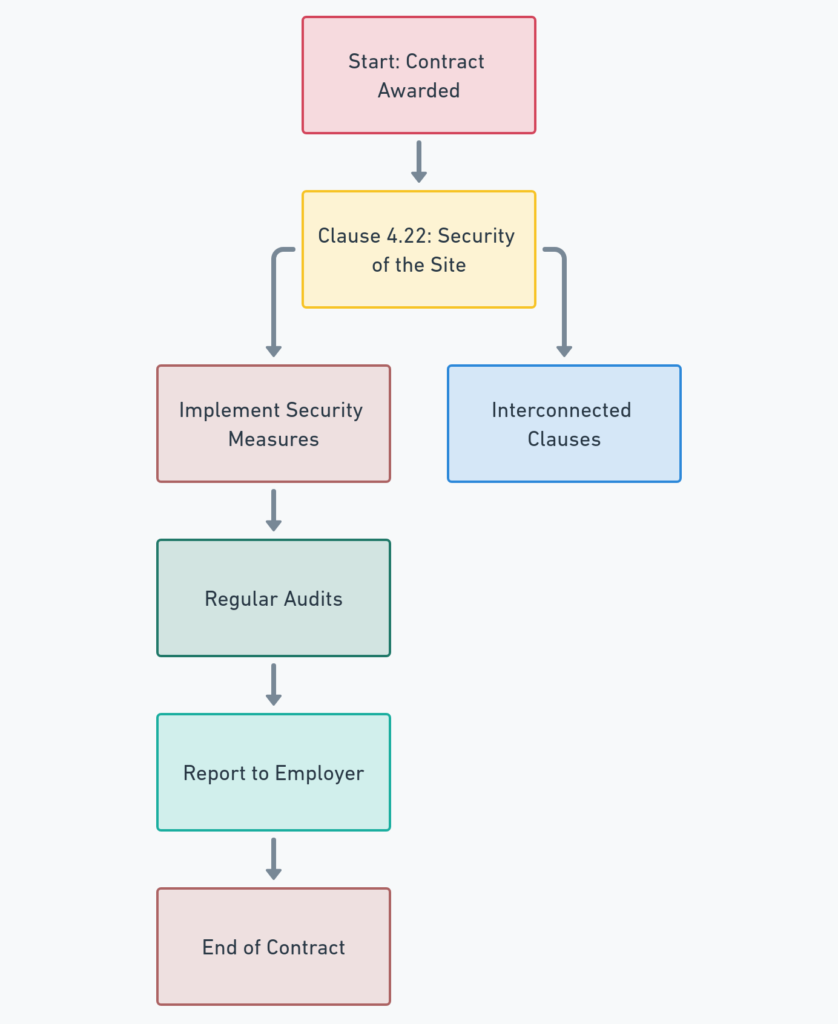Curious who’s responsible for site security under FIDIC contracts? Dive into Clause 4.22 (1999) and Clause 4.21 (2017) to discover key differences, real-world examples, and a practical checklist every contractor and employer should know!

Security of the Site
Curious who’s responsible for site security under FIDIC contracts? Dive into Clause 4.22 (1999) and Clause 4.21 (2017) to discover key differences, real-world examples, and a practical checklist every contractor and employer should know!